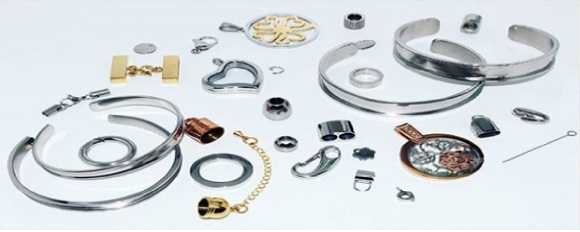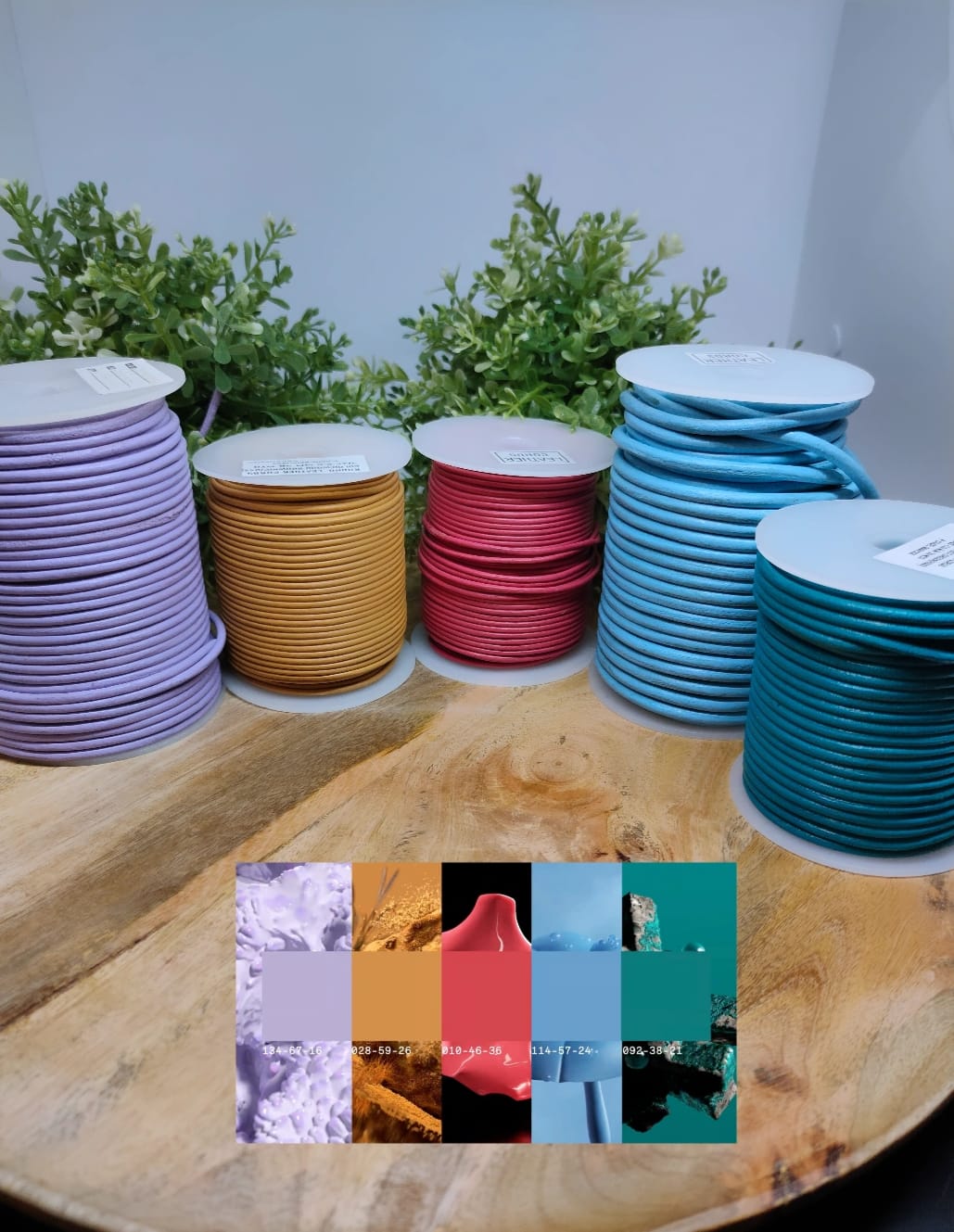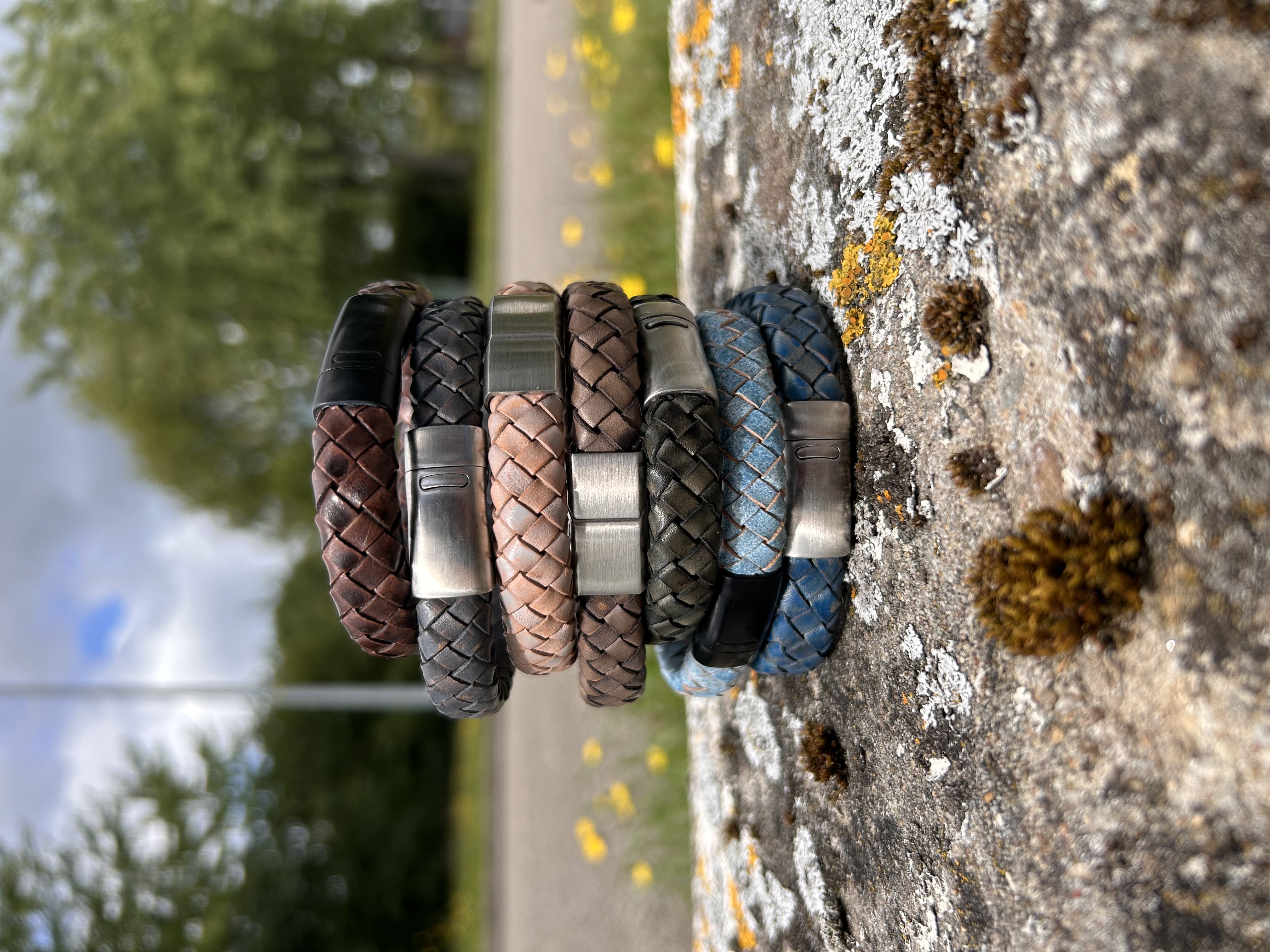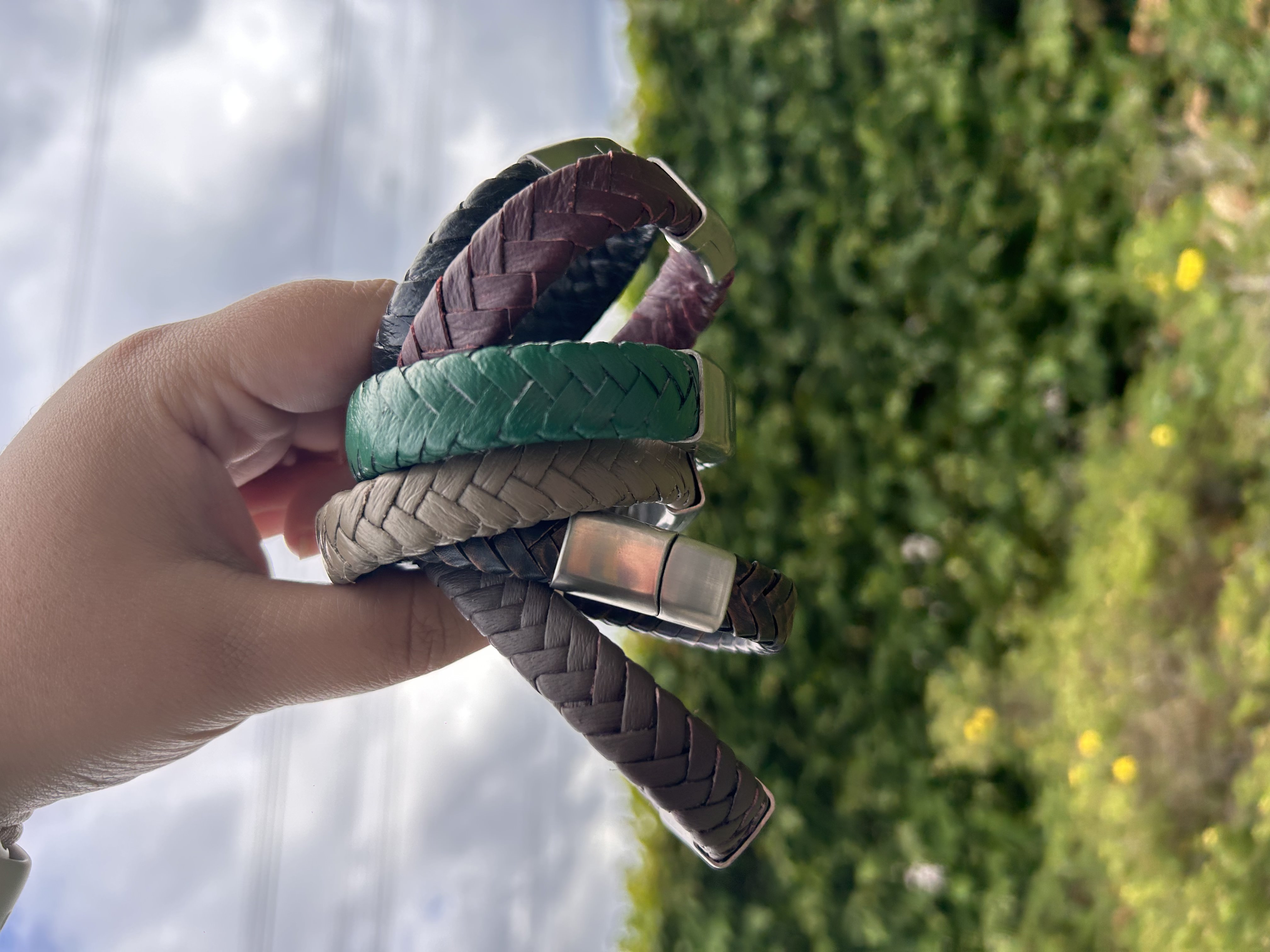Jewellery seems like a difficult craft to undertake, especially at the beginning. Making jewellery requires a basic grasp of industry terminology. Understanding the various jewellery making supplies will make the design process much simples and put you on the right track for success. Our guide is here to support you whether you are making jewellery at home searching for a new job, or simply want to make jewellery that better suits your style.

“Findings” is a jewellery term that refers to all jewellery materials, such as thread, fastenings, connectors, and hooks, as well as the skeleton of the jewellery. Here are a few of the most popular jewellery findings to consider for your next project:
- JUMP RINGS are small metal rings with a hole in the centre. They are used to link components like end fastenings and earring charms.
- HEAD PINS / EYE PINS are soft wire pins used for attaching beads to the head. Eye-Pins have a looped end, while Head Pins have a flat base. Drop earrings and rosary-style necklaces can be made with this material.
- CRIMPS are tiny metal balls which are put at the ends of nylon coated rope, necklaces and bracelets and then squashed to form wire loops. To secure beads in specific locations, they can also be flattened along flexible beading thread.
- EARRING FINDINGS – Ear wires, for example are found in jewellery for pierced ears. Charms or beads may be easily attached to the looped end (on headpins).
- BEADS come in a wide range of sizes, forms, hole configurations, and colours.Crystal, glass, metal, semi precious stones are among the things that are most popular among jewellery designers.
- BEAD TIPS, also known as calottes, are used to finish a beaded necklace that has been strung on stringing wire or other stringing material. They are often used to mask crimps and give your necklace a cleaner look.
- CLASPS are used to connect the two ends of a necklace or bracelet and can be a simple or elegant addition to your design. The lobster claw and toggle clasps are the most popular ones.
- LINKS / CONNECTORS are used to bind jewellery components together. Earrings, bracelets, and necklaces may all benefit from these.
If you work with beads, you should always take into consideration the width of the bead hole in relation to the thickness of the stringing material. The stringing material is also an important factor when deciding on the look of the jewellery piece you are working on. For a natural look choose fabrics like cotton threads, leather cords, or faux suede. If you want something robust with a wide range of colours, then choose synthetic cords or shamballa threads.
Or do you prefer working with chains? Then this information could be useful to you. Chains come n a number of different metal types with either a shiny or matte finish. They can also play an immense number of roles in your jewellery projects:
- FINER CHAINS come in handy when making chandelier earrings or as an accent to bead-projects.
- MULITSTRAND necklaces and bracelets are made of various chain styles and very appealing.
- SMALL PIECES of chain may also be used to join bead parts together.
Now that you know all the terms, you are on your way to master the art of jewellery making. Hopefully, this information provided everything you needed to get started! For more information about products you can visit our Instagram @leather_sunenterprises or contact us via WhatsApp. One of our team members will kindly assist you with everything you need.




